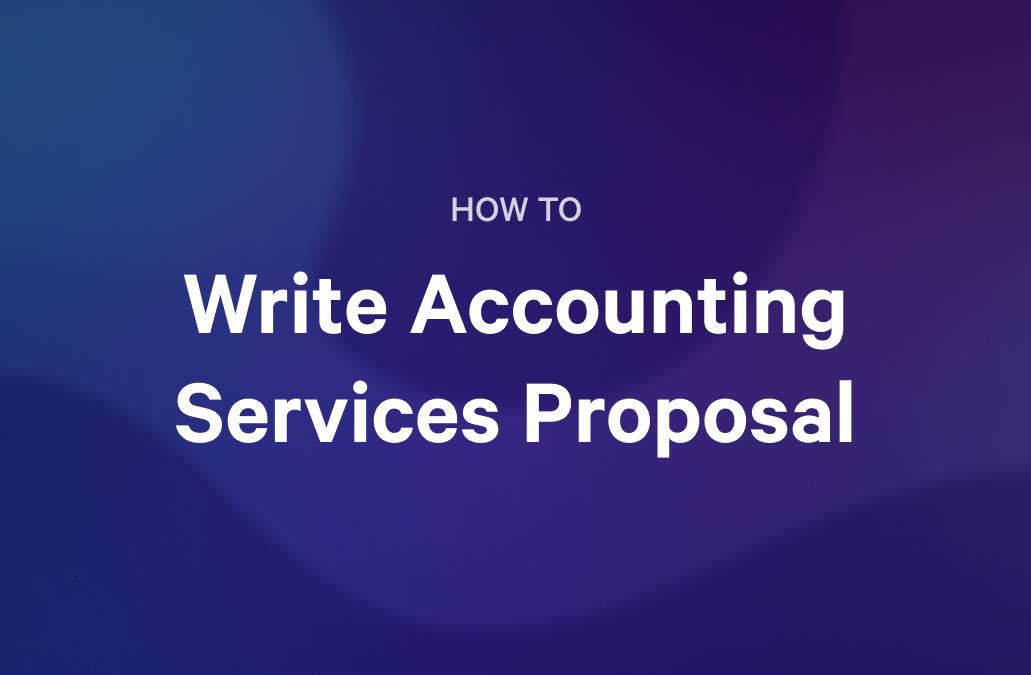Executive coaching can unlock the dormant potential of organizations, reinvigorating personnel and kickstarting growth. But it can’t do any of these things if its benefits aren’t effectively communicated and sold in the first place.
Crafting an effective proposal that communicates value, fosters buy-in, and ultimately catalyzes transformation is no small feat. It's an art form that requires a blend of insight, precision, and a dash of persuasion. Many coaches find the proposal writing process to be as pleasurable as pulling teeth. But it doesn’t need to be.
In this guide, we'll navigate the intricacies of writing a compelling executive coaching proposal. From identifying the core elements to tailoring your message for maximum impact, we not only address this challenge but equip you with the tools to overcome it.
As we delve into the specifics, prepare to transform your approach and set the stage for a journey of growth and excellence.
Key takeaways
- Executive coaching proposals are personalized pitches that communicate the value and implementation of coaching.
- A compelling proposal includes clear objectives, identification of stakeholders, and an outline of the coaching process.
- Highlighting the benefits of coaching and providing case studies or testimonials can enhance the persuasiveness of the proposal.
- Transparency in detailing the investment required for the coaching program is key to fostering understanding and discussions about ROI.
- The proposal should conclude with a clear call to action, prompting further engagement and maintaining momentum.
What is an Executive Coaching Proposal?
At its core, an executive coaching proposal is a pitch. It's where you lay out why coaching is essential, what it can achieve, and how it will be implemented. But it's not just any pitch. It's personalized—packed with insights into the unique challenges and opportunities within the organization—and persuasive, designed to get buy-in from the top down.
This proposal isn't just a static document; it's a living, breathing conversation starter. It opens up dialogues, breaks down barriers, and sets the stage for transformative growth. Whether you're addressing leadership development, team dynamics, or performance issues, your proposal is the first step in a journey toward organizational excellence.
Steps to write your executive coaching proposal and the key elements to include
Crafting an executive coaching proposal that stands out is like piecing together a puzzle. Each component plays a crucial role in painting the bigger picture. Let's dive into the steps and key elements you should include to ensure your proposal truly resonates with your audience.
Step #1: Define the objective
Start by answering the million-dollar question: What is the primary goal of the coaching program? Drill down to specifics. Is it about enhancing emotional intelligence, fostering better decision-making, or perhaps improving conflict resolution? The clearer your objectives, the more compelling your proposal.
Step #2: Identify the stakeholders
Who stands to benefit from this coaching program? While the immediate answer might be the executives, or the specific team you're proposing to coach, but you want to think broader. Consider the ripple effects on teams, departments, and the organization as a whole. Identifying stakeholders not only demonstrates your understanding of the company's ecosystem but also highlights the widespread impact of your proposal.
Step #3: Outline the coaching process
Here’s where you get into the nitty-gritty. What does the coaching journey look like? Outline the phases, from initial assessments and goal setting to the coaching sessions themselves and the evaluation of outcomes. Be sure to include methodologies, tools, and techniques you plan to use. This section reassures readers that there’s a structured process in place, ready to guide their leaders to success.
Step #4: Highlight the benefits
Now, focus on the "why." Why should the organization invest in executive coaching? Paint a picture of the potential outcomes—think improved leadership effectiveness, better team dynamics, increased productivity, and even a healthier corporate culture. Linking these benefits to the organization's strategic goals can be incredibly persuasive.
Step #5: Provide case studies or testimonials
Nothing speaks louder than success. Include brief case studies or testimonials from previous coaching engagements (while maintaining confidentiality, of course). This real-world evidence acts as social proof, showcasing the positive changes and achievements facilitated by your coaching.
Step #6: Detail the investment
Let's talk numbers. Provide a clear breakdown of the coaching program's costs, including your fees, any materials needed, and other associated expenses. Transparency here is key—it helps decision-makers understand the value they’re getting and sets the stage for a discussion about ROI.
Step #7: Conclude with your call to action
Finally, what’s the next step? Don’t leave your readers hanging! Include a clear call to action, whether it’s a meeting to discuss the proposal further, a workshop to experience your coaching approach first-hand, or a timeline by which to make a decision. This closing move is your chance to prompt action and keep the momentum going.
Example of an executive coaching proposal template
Creating a proposal from scratch can seem daunting. Luckily, Qwilr’s executive coaching proposal template can help.
It provides a sleek, easily customizable template you can brand for your business and personalize for your potential new clients in a fraction of the time a brand-new proposal takes. Here’s what ours includes:
Introduction
Begin with a brief introduction that sets the stage. Explain your approach to executive coaching and the value you believe it brings to leadership and organizational development. Remember, this is your first impression, so make it count.
Objective
Clearly state the objective of the coaching program. Make it specific, measurable, and tied to the organization's broader goals. This section should answer the question, "What change are we seeking to make?"
Stakeholders
List the key stakeholders involved in and affected by the coaching process. This includes not only the coaches but also teams, departments, and the organization as a whole. Highlight how the coaching will impact each group positively.
Coaching Process
Outline the steps of the coaching journey, from the initial assessment and discovery phase to the conclusion and evaluation of outcomes. Include methodologies, tools, and frequency of sessions. This part provides a clear roadmap of how the objectives will be achieved.
Benefits
Detail the benefits of the coaching program, linking them to the needs and strategic objectives of the organization. Use this section to paint a vivid picture of the potential transformation and growth.
Case Studies or Testimonials
Incorporate a few short case studies or testimonials that demonstrate the effectiveness of your coaching. This tangible evidence of success adds credibility and builds trust.
Investment
Provide a transparent breakdown of the coaching program's cost, including your fees and any additional expenses. Ensure this section is clear and concise, making it easy for decision-makers to understand the value proposition.
Call to Action
End with a compelling call to action. Invite the reader to a discovery meeting, propose a pilot program, or suggest the next steps. Make it easy for them to say yes to moving forward.
Contact Information
Don't forget to include your contact information, making it simple for interested parties to reach out and start a conversation.
Final Thoughts
Crafting an impactful proposal is about blending the art of persuasion with the science of detailed planning. It's your opportunity to stand out, to show that you understand not just the goals of the organization, but the heartbeat of its culture and the potential of its people.
The best proposals go beyond the pages they're written on. They spark imagination, kindle ambition, and build the foundation for a partnership that can elevate leaders and organizations to new heights. Remember, you're not just selling a service; you're offering a partnership that promises growth, improvement, and a brighter future. Your proposal is the first step in that journey, and we hope this guide has helped you take it.
If you want to take that step quicker and with more confidence, try Qwilr’s Executive Coaching Proposal Template.
About the author

Brendan Connaughton|Head of Growth Marketing
Brendan heads up growth marketing and demand generation at Qwilr, overseeing performance marketing, SEO, and lifecycle initiatives. Brendan has been instrumental in developing go-to-market functions for a number of high-growth startups and challenger brands.
Frequently asked questions
The best format is clear, concise, and compelling. Start with a cover page that sets a professional tone. Then, follow the structure we outlined in the template, ensuring each section flows logically into the next. Use headings, bullet points, and bold text to make key information stand out. Including visuals like graphs, charts, or even a simple timeline can help break up the text and make your proposal more engaging.
Short enough to keep attention, but long enough to cover all necessary details. Typically, a proposal that's between 5-10 pages strikes the right balance. You want to provide enough information to make an informed decision without overwhelming the reader with pages and pages of text. If you find yourself going significantly over this range, take a step back and see where you can condense or streamline your information.
Absolutely! In fact, providing a few pricing options can be very helpful for decision-makers. It shows flexibility and understanding of different budgets and needs. You might offer different tiers of service or varying lengths of coaching engagement, each with its own pricing. Just be sure to clearly explain what each option includes so there's no confusion.
Personalization is key. Tailor your proposal to the specific organization and the individuals you’ve met or learned about. Highlight your understanding of their unique challenges and goals, and explain how your coaching approach is uniquely suited to address them.
Definitely. A follow-up shows your commitment and interest in partnering with them. Wait about a week, then reach out with a polite email or call to inquire if they have any questions or need further information. This also allows you to address any concerns and potentially set up a meeting to discuss the proposal in more detail.


